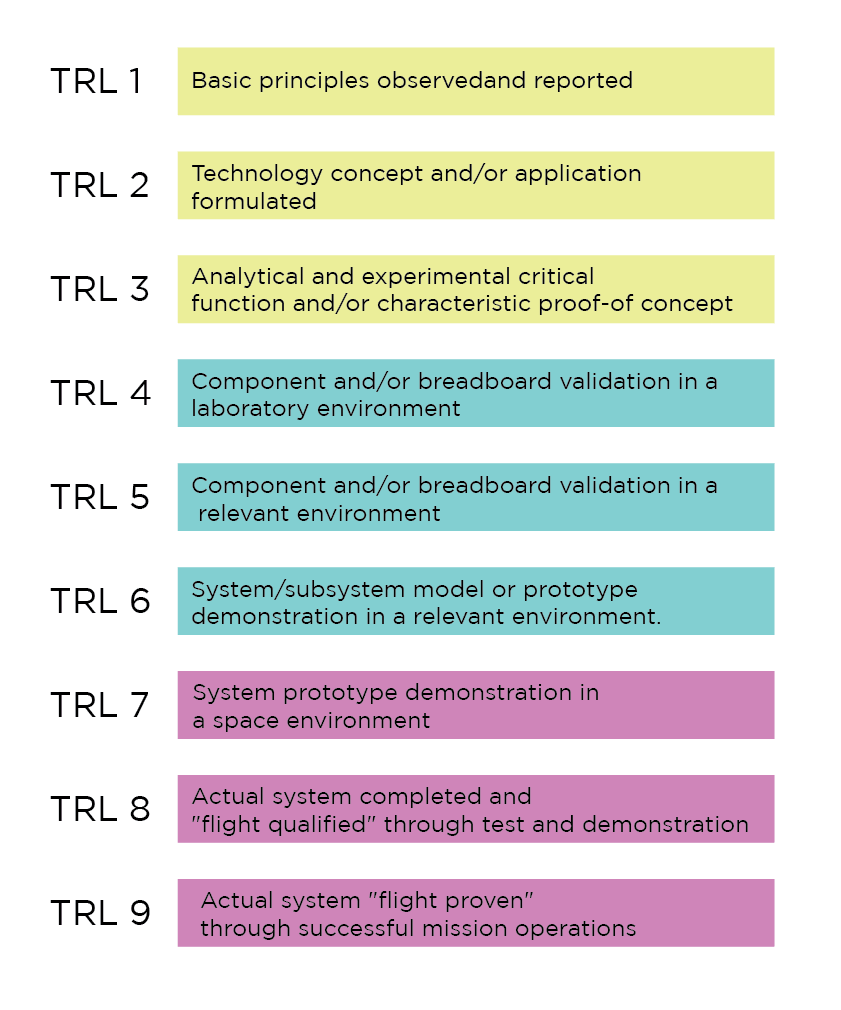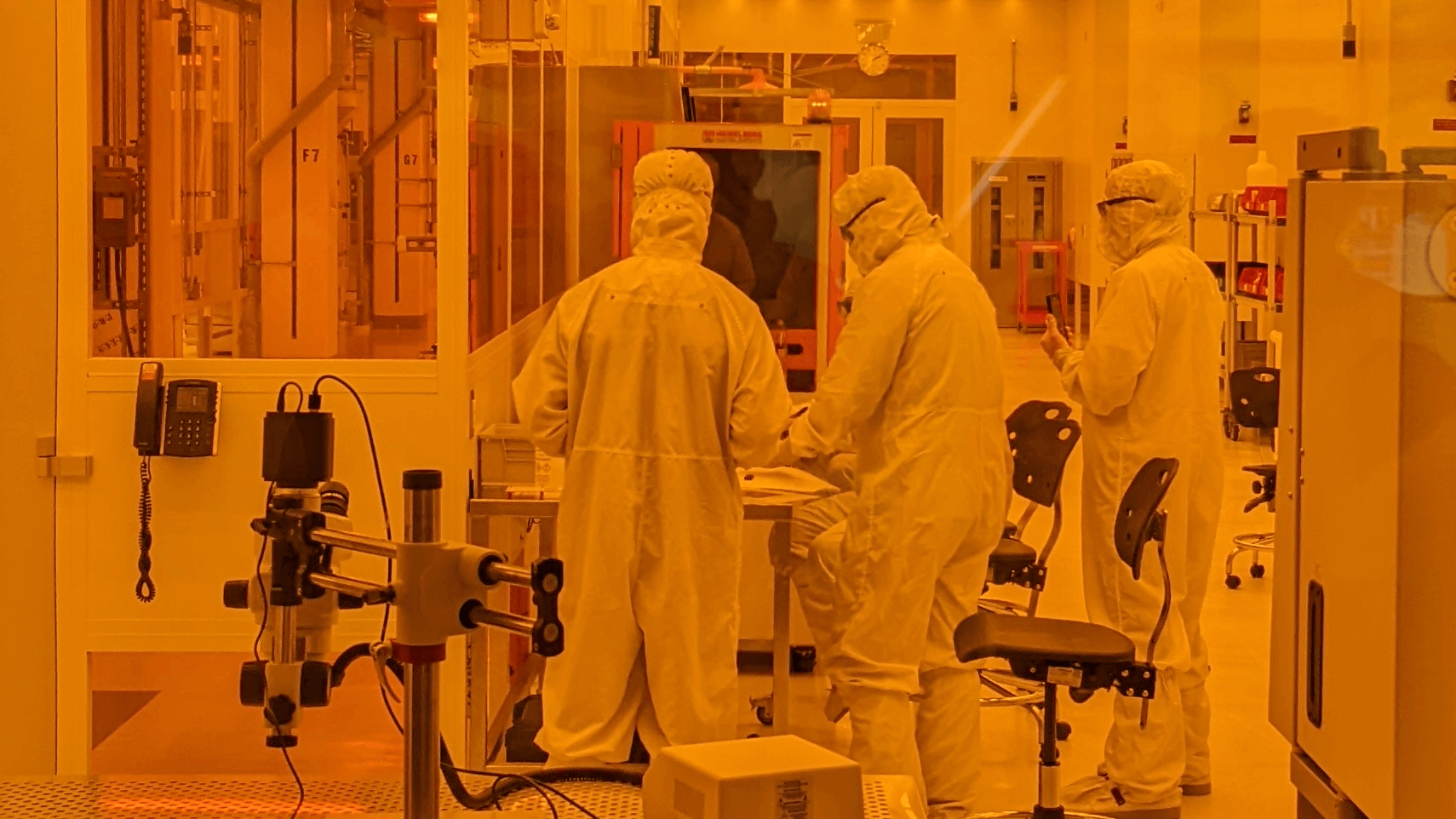Exploring the Valley of Death in Hardware
Bridging the Valley, is a series of articles recording a shared exploration of the potholes in the road of hardware technology development between lab research and implementation in human society.

Over the last 10+ years, I’ve worked in hardware product development, with roles in engineering implementation, management, and program management for a very wide variety of products. During some of this time, I was responsible for researching emerging technologies to enable new features in future products. As I was doing this research, I noticed some really promising new technologies being shelved very early in their development for various reasons.

For example, there was one group of individuals working on a high precision tracking system that had applications for drones, AR/VR, and could even have a significant impact on saving lives by assisting search and rescue crews in a multitude of situations. They ended up having to pause development after running out of funding. This wasn’t a unique case. As I saw more examples of this over time, I started researching the phenomenon and found that this happens fairly often — newly developed technologies are proven in a lab setting, then end up sitting in a corner collecting dust. This occurrence is common enough that there’s a term for it: “the Valley of Death.”
The goal of this article series is to understand the root causes of the Valley of Death and explore potential solutions to help enable the implementation of new technologies in society. I won’t be dictating these solutions to you — rather, all of this is an ongoing exploration that I’d like you to join. We’re targeting a very complicated problem that involves many different cohorts of people and a multitude of variables. If I were to attempt to solve this problem alone, the results of this exploration would be limited by the network and experience of a single person (me). I’d like to take advantage of the collective experiences, knowledge, and unique perspectives of all of you readers to truly understand this multidimensional problem. Your input on our Discord server will heavily influence the direction of future articles.
The approach I’d like to take is best broken up into two phases:
Phase 1 – We’ll explore the many players involved in technology development, so we have a fuller understanding of the current approach. While we do this, we’ll look at potential causes and identify the most impactful questions to ask.
Phase 2 – We’ll start diving into the data to answer the questions we decided were important in Phase 1. During Phase 2, we should have enough information to start making suggestions on what can be done to mitigate the Valley of Death.
To start, let’s create a bit more definition around the “Valley of Death.” The term typically refers to the development of a technology between research and development (R&D) in a lab, before the tech is proven in the field, and product development (PD), where the technology is implemented in a form that can be used for economic gain. To help us put that in more concrete terms, I’ll turn to NASA’s Technology Readiness Levels (TRLs). The TRLs are a 1 through 9 scale that NASA created back in the 1970s (though its current form is from the 1990s) for communicating what level of maturity a new technology is at:

These levels obviously need a little tweaking in order to be applied to any non-aero/astro hardware technology development, but their current form is adequate for this discussion. University research often develops promising and funded research projects up to TRL 4, where prototypes are created that prove the concept of the technology. However, most companies are generally only interested in trying to productize a technology that has already been proven to work in the field, and is therefore around TRL 6. At TRL 4, there’s simply too much risk that the technology isn’t the right answer for their product. That means there’s a gap between those two points, which is generally where budding technologies disappear. This is the Valley of Death.
This approach of describing the Valley of Death leads to the solution of creating something to bridge this gap. The most common “bridge” is a startup (although there are other paths). It’s not uncommon for a professor and their PhD students to take a technology they developed through the university and create a promising new company. In fact, many universities encourage this and have created supporting structures to help the startups emerging from their labs to succeed. There are a plethora of venture capital advisory groups, associated venture funds, and accelerator programs associated with many universities.

But if that’s the case, why do so many technologies fail to reach the market? I’ve listed the most common explanations I’ve heard below, but there are many others:
- There’s a strong cultural difference between researchers and industry that cause issues during collaborations.
- Researchers aren’t provided all the necessary information on what is needed by industry, so the output of the research often targets the wrong problems.
- Companies are often averse to involving themselves in early TRL development because many don’t think in the long time scales that it takes to complete development.
- The startups emerging from universities often don’t have the right people and backgrounds involved.
- Deals between universities and industry often fall through because of disagreements over who ends up owning the intellectual property.
- Some of the individuals making decisions in industry aren’t technical and don’t understand emerging technology and its potential (or limitations).
Throughout the course of this series of articles, I’ll try to gain (and share) a deep understanding of the various paths from lab to production by talking to the people who work along this technology development pipeline. Once we understand the system and answer the correct questions, we can likely draw some conclusions as to what the biggest causes are, and then start thinking about solutions. Our starting points will be:
- University research
- Government research
- Government and nonprofit grants
- Deep tech startups
- University technology transfer offices (TTOs)
- University entrepreneurship support systems
- Corporate funding and collaboration with universities
- Alternative paths for developing technologies outside of corporations or universities
- Corporate R&D groups
- Corporate mergers and acquisitions (M&A) of startups
I invite you to join me in this journey as the series progresses. Please join the discussion of this article on our Discord, and share your ideas on what else might be contributing to the Valley of Death. I value all your thoughts, ideas, and experiences because looking at this problem from different reference points will lead to valuable new insights. If you know any individuals who would be helpful additions to this conversation, I’d be extraordinarily grateful for relevant introductions. I’ll happily share my contact information on the Discord channels. Thank you for joining me throughout this series, and I hope we can do great things together